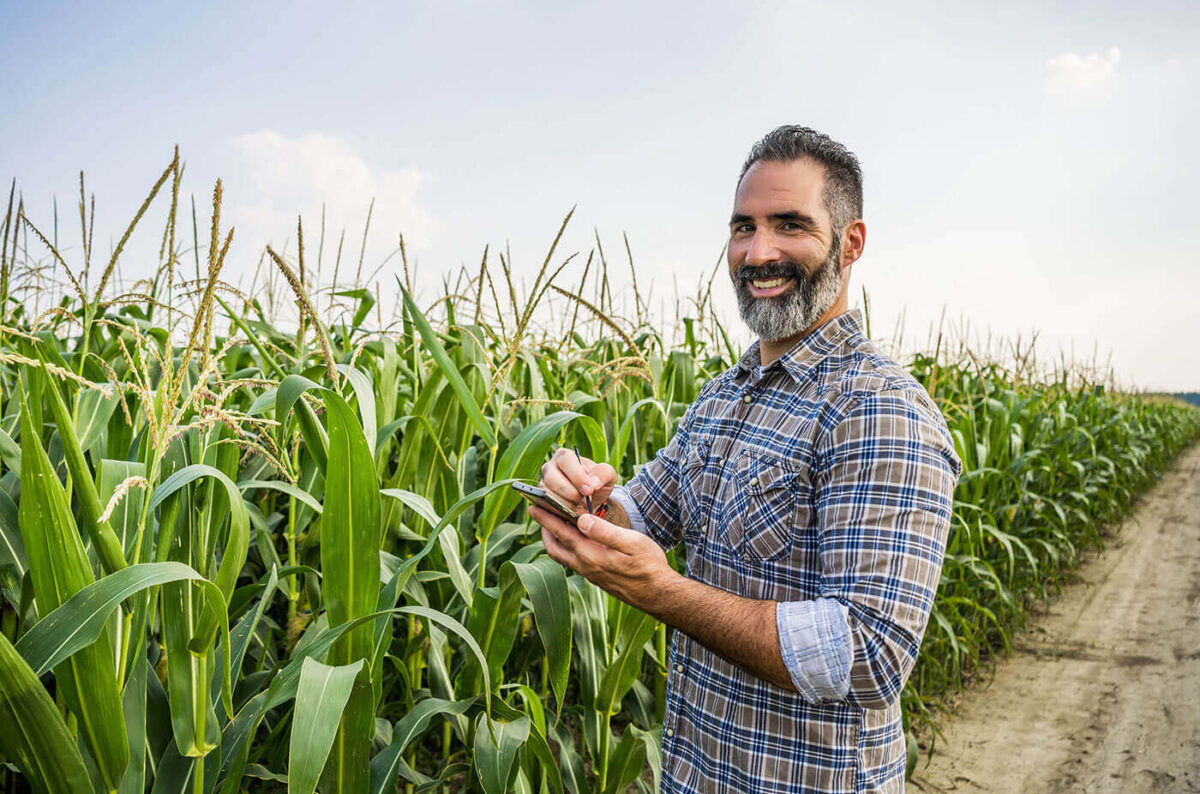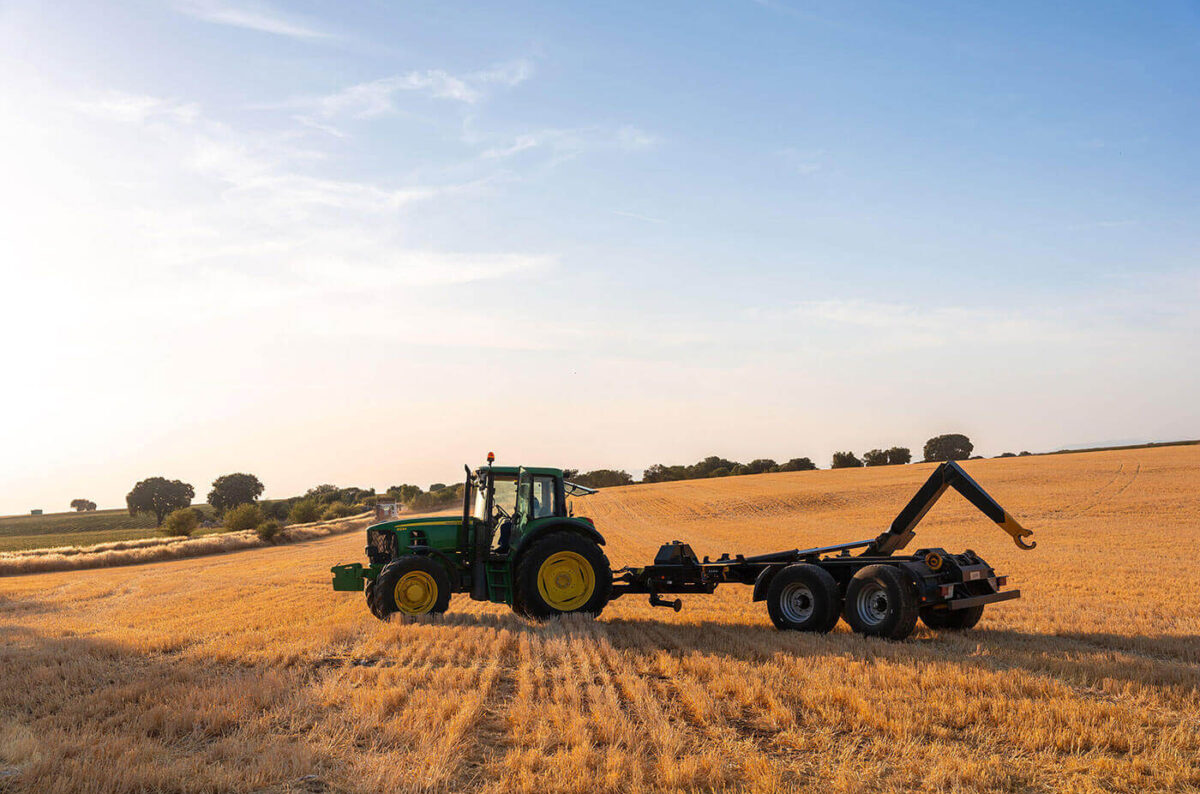
- Stories
- December 12, 2022
As we celebrate International Women’s Day 2023, it’s time to shine a spotlight on one of the most overlooked yet powerful forces in global agriculture: women farmers. While rarely centered in agricultural narratives, women comprise approximately 43% of the agricultural workforce worldwide and produce 60-80% of food in developing countries. Despite facing significant barriers including unequal land rights, limited access to credit, and exclusion from decision-making, women farmers are driving innovation, sustainability, and community resilience across the globe.
This article highlights inspiring women who are transforming agriculture through their vision, determination, and leadership—proving that when women farm, communities thrive.
Breaking Ground: Women Leading Agricultural Innovation
Mariam Sow: Revitalizing Traditional Knowledge in Senegal
As executive director of ENDA Pronat in Senegal, Mariam Sow has spent decades championing agroecological approaches that blend traditional knowledge with contemporary science. Under her leadership, more than 10,000 farmers across Senegal have transitioned to organic methods, revitalizing degraded soils while eliminating toxic pesticide exposure in rural communities.
“Our grandmothers had sophisticated agricultural knowledge that was nearly lost during the chemical agriculture push,” says Sow. “We’re not going backward—we’re bringing that wisdom into conversation with today’s challenges.”
Her organization’s all-women seed saving networks have preserved over 60 traditional crop varieties threatened with extinction, creating resilience against climate volatility while improving nutrition in rural communities.
Dr. Vandana Shiva: Seed Sovereignty Champion in India
Physicist-turned-activist Dr. Vandana Shiva has become one of the world’s most recognized advocates for seed sovereignty and farmers’ rights. Through her organization Navdanya, she has established over 150 community seed banks across India that have preserved more than 4,000 rice varieties alone.
“When we save seeds, we’re saving the past and the future simultaneously,” says Dr. Shiva. “Each seed contains thousands of years of evolutionary intelligence and the potential to feed future generations.”
Beyond preservation, Navdanya has trained more than 900,000 farmers in sustainable agriculture methods, with women comprising over 60% of program participants. These efforts have created resilient local food systems while reducing dependence on corporate seed and chemical companies.
Emma Naluyima: Integrated Farming Innovator in Uganda
Dr. Emma Naluyima, a veterinarian and farmer in Uganda, has developed an integrated one-acre farming model that has become a blueprint for sustainable smallholder agriculture across East Africa. On her small plot, she maintains pigs, fish, crops, and poultry in a zero-waste system where each element supports the others.
“As a woman farmer, I view the farm as an ecosystem rather than separate enterprises,” explains Naluyima. “Everything is connected, just like in a household.”
Her farm produces ten times the income of typical Ugandan farms of similar size while requiring minimal external inputs. Through her educational farm and extensive outreach work, she has trained thousands of farmers, with a particular focus on empowering young women to enter agriculture as entrepreneurs rather than subsistence farmers.
Community Builders: Women Farmers Strengthening Local Food Systems
Jeanette Armstrong: Indigenous Food Sovereignty Leader in Canada
As a knowledge keeper of the Syilx Okanagan Nation and executive director of the En’owkin Centre, Dr. Jeanette Armstrong has been instrumental in revitalizing Indigenous food systems in British Columbia. Her work reconnects Indigenous communities with traditional food plants and cultivation methods that were suppressed through colonization.
“Our traditional foods are not just nutrition—they’re medicine, cultural identity, and our connection to the land,” explains Armstrong. “When women reclaim these food practices, we heal historical traumas.”
Under her guidance, the Indigenous Food Sovereignty program has restored traditional food gardens growing forgotten crop varieties adapted to local conditions. These gardens now provide both cultural education and improved food security for community members while serving as living repositories of agricultural knowledge.
Ruramiso Mashumba: Young Farmer Network Builder in Zimbabwe
When Ruramiso Mashumba returned to Zimbabwe after studying agriculture abroad, she found women farmers isolated and using outdated methods. She founded Mnandi Africa, an organization that connects women farmers with resources, technology, and markets.
“Women farmers in Africa are hungry for information and technology, not handouts,” says Mashumba. “When we connect them with the right tools and knowledge, their productivity soars.”
Her initiative has created a network of over 5,000 young women farmers sharing knowledge through digital platforms while gaining access to mechanization services previously available only to men. Participating farmers have reported yield increases averaging 43%, transforming subsistence plots into viable businesses.
April Wilson Jones: Urban Agriculture Advocate in Philadelphia
In North Philadelphia’s food apartheid neighborhoods, April Wilson Jones has transformed vacant lots into productive community gardens through her organization Urban Tree Connection. These urban farms now produce over 15,000 pounds of fresh produce annually in areas where grocery stores are scarce or nonexistent.
“Women have always been the ones ensuring their families are fed,” notes Wilson Jones. “Urban farming is a natural extension of that care work, but it also becomes a powerful form of community organizing.”
The network of gardens she oversees employs neighborhood women while providing affordable produce through a sliding-scale CSA program and neighborhood farm stands. Beyond food access, these green spaces have become community hubs offering youth programs, cooking classes, and safe gathering places in underserved neighborhoods.
Climate Defenders: Women Farmers Leading Environmental Stewardship
Jayne Gentry: Regenerative Ranching Pioneer in Australia
After inheriting a degraded cattle station in Queensland, Australia, Jayne Gentry transformed the operation into a model of regenerative grazing that has restored native grasslands while improving profitability. Her innovative approach includes time-controlled grazing, water harvesting systems, and elimination of synthetic inputs.
“As women, we’re often told to farm like men to be successful,” says Gentry. “But I’ve found that bringing traditionally feminine values like nurturing and interconnection into ranching creates better outcomes for the land and our business.”
Under her management, soil organic matter has increased by 4% across the 8,000-hectare property, sequestering significant carbon while improving water retention. The operation now absorbs more carbon than it emits, creating a truly climate-positive food production system.
Máxima Acuña: Environmental Defender in Peru
Máxima Acuña, an Indigenous campesina farmer in Peru’s northern highlands, has become an international symbol of resistance against environmentally destructive development. Despite facing violence and intimidation, she has successfully defended her land from a proposed open-pit mine that threatened critical water sources for agricultural communities.
“Land is life for women farmers,” Acuña explains. “Without healthy soil and clean water, we cannot feed our families or maintain our culture.”
Her courageous stand, recognized with the Goldman Environmental Prize, has inspired a women-led movement of small-scale farmers protecting agricultural lands and water systems across the Andes. Through grassroots organizing, they are developing ecological farming alternatives that provide economic opportunities while preserving fragile highland ecosystems.
Elizabeth Mpofu: Agroecology Advocate in Zimbabwe
As the General Coordinator of La Via Campesina, the international peasant movement representing 200 million farmers worldwide, Elizabeth Mpofu has elevated the role of women farmers in addressing climate change. On her own farm in Zimbabwe, she models climate-resilient techniques including water harvesting, drought-resistant indigenous crops, and agroforestry.
“Women farmers are on the frontlines of climate change, experiencing its impacts first,” Mpofu observes. “But we’re also developing the solutions—if only policymakers would listen to our knowledge.”
Her leadership has brought agroecological approaches into global climate negotiations, emphasizing small-scale farmers’ contributions to both mitigation and adaptation. The movement she leads has successfully advocated for climate policies that recognize gender-specific impacts and support women’s agricultural innovations.
Overcoming Barriers: The Challenges Women Farmers Still Face
Despite these inspiring examples, women farmers worldwide continue to face significant structural barriers:
Land Rights and Ownership
Women own less than 15% of agricultural land globally, despite providing the majority of farm labor in many regions. Discriminatory inheritance laws, cultural norms, and institutional biases prevent women from securing land tenure, limiting their ability to make long-term investments in sustainable practices.
“Without secure land rights, women farmers plant trees they may never see mature and improve soils they might lose access to,” explains Esther Mwaura-Muiru, founder of GROOTS Kenya, which helps women secure land documentation. Her organization has helped over 5,000 widows and vulnerable women farmers obtain legal recognition of their land claims.
Access to Resources and Technology
Women farmers receive only 5% of agricultural extension services worldwide and have significantly less access to machinery, improved seeds, fertilizers, and irrigation. This “gender resource gap” results in 20-30% lower productivity on women-managed farms compared to those managed by men—not because of ability, but opportunity.
Organizations like Solar Sister are addressing this gap by training women entrepreneurs to distribute solar-powered farming technologies in rural African communities. “Appropriate technology designed with women farmers’ needs in mind can dramatically reduce labor burdens while increasing production,” notes Olasimbo Sojinrin, Solar Sister’s Nigeria Country Director.
Financial Exclusion
Women farmers face a $300 billion annual credit gap, limiting their ability to purchase inputs, equipment, or land. Traditional financial institutions often require collateral women don’t possess or demand male guarantors for loans.
Innovative models like Root Capital’s Women in Agriculture Initiative are proving the business case for investing in women farmers. “When financial services are designed with women farmers’ realities in mind, repayment rates actually exceed market averages,” explains Root Capital’s founder Willy Foote.
The Path Forward: Supporting Women in Agriculture
Supporting women farmers isn’t just about gender equality—it’s about food security, climate resilience, and rural prosperity. According to the Food and Agriculture Organization, equalizing women’s access to productive resources could increase yields on women-run farms by 20-30%, potentially reducing global hunger by 12-17%.
Several promising approaches are helping overcome gender barriers in agriculture:
Gender-Responsive Agricultural Research
Agricultural research has historically overlooked women farmers’ specific needs and knowledge. Organizations like CGIAR’s Gender Platform are now ensuring that crop breeding programs, farm equipment design, and agricultural technologies address women’s priorities and constraints.
“When breeding improved crop varieties, we now evaluate characteristics like ease of processing and cooking quality, not just yield,” explains Dr. Hale Ann Tufan, who leads the Gender-Responsive Researchers Equipped for Agricultural Transformation (GREAT) program.
Women’s Collective Action
Women farmer cooperatives and self-help groups have proven remarkably effective at overcoming individual barriers through collective action. In India, the Self-Employed Women’s Association (SEWA) has organized over 600,000 women smallholder farmers who jointly access markets, share equipment, and advocate for policy changes.
“Individually, women farmers are often invisible,” says SEWA founder Ela Bhatt. “Together, they become an economic and political force that cannot be ignored.”
Digital Inclusion
Mobile technologies and digital platforms are opening new possibilities for women farmers to access information, markets, and financial services. In Kenya, the FarmDrive platform uses alternative data sources to assess women farmers’ creditworthiness beyond traditional collateral requirements, unlocking over $1 million in loans for previously unbanked women farmers.
“Technology can either reinforce or help overcome gender gaps in agriculture,” notes Peris Bosire, FarmDrive’s co-founder. “Intentionally designed digital tools can leapfrog traditional barriers women farmers face.”
Conclusion: When Women Thrive, Agriculture Thrives
As we celebrate International Women’s Day 2023, the stories of these pioneering women farmers remind us that agricultural transformation isn’t just about new technologies or policies—it’s about who has the power to shape food systems.
When women farmers have equal access to resources, their farms become more productive. When they hold decision-making power, communities become more food secure. When they control agricultural income, children become better nourished. And when they lead agricultural organizations, sustainability becomes a priority.
Supporting women farmers isn’t charity or even just a matter of justice—it’s perhaps the single most effective strategy for building resilient, sustainable food systems capable of weathering the challenges of the 21st century. This International Women’s Day, let’s commit to removing the barriers that prevent women farmers from fully contributing their knowledge, innovation, and leadership to feeding our world.
How are women farmers making a difference in your community? Share their stories in the comments below!














